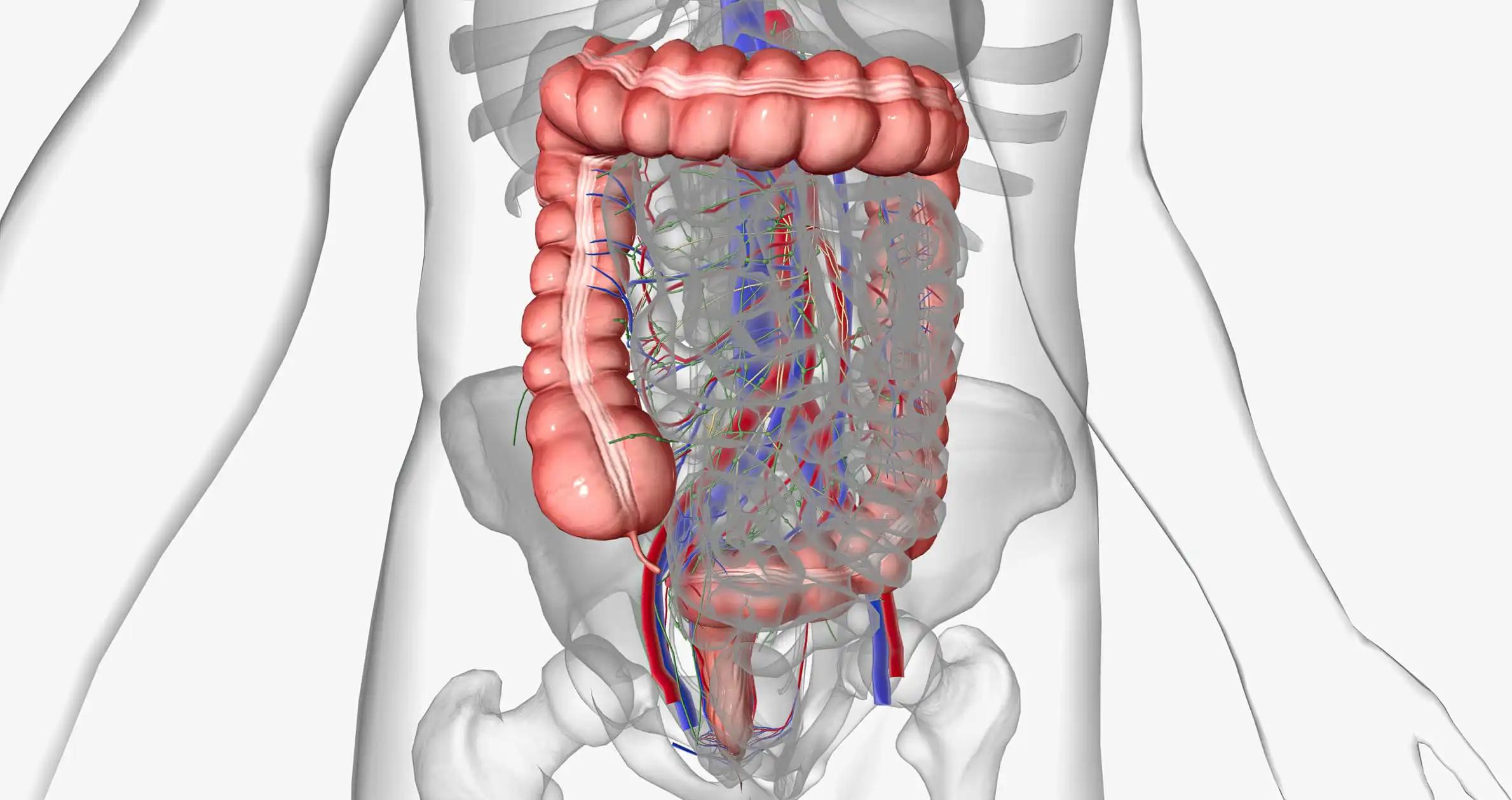KEY TAKEAWAYS
- Adjuvant pembro prolonged DFS for patients with renal cell carcinoma (RCC) at increased risk of recurrence after nephrectomy in the phase 3 KEYNOTE-564 study (NCT03142334). This post hoc exploratory analysis evaluated the efficacy of adjuvant pembro in pt subgroups based on UISS and disease stage.
- Pts with histologically confirmed clear cell RCC (pT2, Grade [G] 4 or sarcomatoid, N0, M0; pT3 or pT4, any G, N0, M0; any pT, any G, N+, M0; or M1 NED) were randomly assigned 1:1 to receive pembro 200 mg IV or placebo every 3 weeks for ≤17 cycles (~1 y).
- In the UISS intermediate risk group, the hazard ratio (HR) for DFS was 0.65 (95% CI, 0.48-0.88; 24-mo rates, pembro: 81.5%, pbo: 72.4%). In the UISS high-risk group, HR for DFS was 0.77 (95% CI, 0.49-1.20; 24-mo rates, pembro: 65.0%, pbo: 55.9%). In the M1 NED group, HR for DFS was 0.28 (95% CI, 0.12-0.66; 24-mo rates, pembro: 78.4%, pbo: 37.9%).
- DFS by disease stage was evaluated and presented in the table.
- The results of this exploratory analysis further support the use of adjuvant pembro after nephrectomy as standard of care for pts with RCC at increased risk of recurrence.
In phase 3 KEYNOTE-564 research, adjuvant pembro improved disease-free survival (DFS) for patients (pts) with RCC who were at high risk of recurrence following nephrectomy (NCT03142334). Subgroups of patients (defined by UISS and disease stage) were analyzed to determine the efficacy of adjuvant pembro in a post hoc exploratory analysis.
Patients with histologically proven clear cell RCC (T2, Grade [G] 4 or sarcomatoid, N0, M0; T3, T4, any G, N0, M0; any pT, any G, N+, M0; or M1 NED) were randomly assigned 1:1 to receive pembro 200 mg IV or placebo (pbo) every 3 weeks for 17 cycles (1 y). The research team looked at DFS. TNM stage, Fuhrman nuclear grade, and ECOG PS were used retroactively to establish UISS risk groups. High risk (pT3, any G, N0, M0; pT4, any G, N0, M0; or N1, M0); intermediate risk (pT2, G4, N0, M0; pT3, G1, N0, M0; or pT3, G2-4, N0, M0, ECOG 0); and M1 NED were the UISS groups. We also looked at how different stages of sickness affected different populations.
Subgroups were similarly balanced at baseline. The mean time patients were followed up with was 30.1 months (range 20.8-47.5). In the 994 patients entered, the vast majority were at intermediate risk for UISS (n = 732, 73.6%; pembro n = 359; pbo n = 373); 19.6%, or 195 patients, were at high risk for UISS (pembro n = 100; pbo n = 95); and 5.8%, or 58 patients, were diagnosed with M1 NED. Hazard ratio (HR) for disease-free survival (DFS) was 0.65 (95% confidence interval [CI], 0.48-0.88; 24-month rates, pembro: 81.5%, pbo: 72.4%) in the UISS intermediate risk group. 24-month rates (pembro 65.0%, pbo 55.9%) for the UISS high-risk category indicated an HR for DFS of 0.77 (95% CI, 0.49-1.20).
Around 24-month rates for pembro and pbo were 78.4% and 37.9%, respectively, in the M1 NED group, with an HR for DFS of 0.28 (95% CI, 0.12-0.66). Survival rates are shown in the Table according to illness stages. Adjuvant pembro, compared to pbo, significantly increased DFS across all subgroups, as was seen in the ITT population. This prospective study provides more evidence that patients with RCC who are at high risk of recurrence should get adjuvant pembro following nephrectomy.
Source: https://meetings.asco.org/abstracts-presentations/216527
Clinical trial: https://clinicaltrials.gov/ct2/show/NCT03142334/
Toni K. Choueiri, Piotr Tomczak, Se Hoon Park, Balaji Venugopal, Tom Ferguson, Stefan N. Symeonides, Jaroslav Hajek, Yen-Hwa Chang, Jae-Lyun Lee, Naveed Sarwar, Antoine Thiery-Vuillemin, Marine Gross-Goupil, Mauricio Mahave, Naomi B. Haas, Piotr Sawrycki, Tian Zhang, Lei Xu, Kentaro Imai, Christian Heinrich Poehlein, Thomas Powles, J Clin Oncol 41, 2023 (suppl 6; abstr 679)



